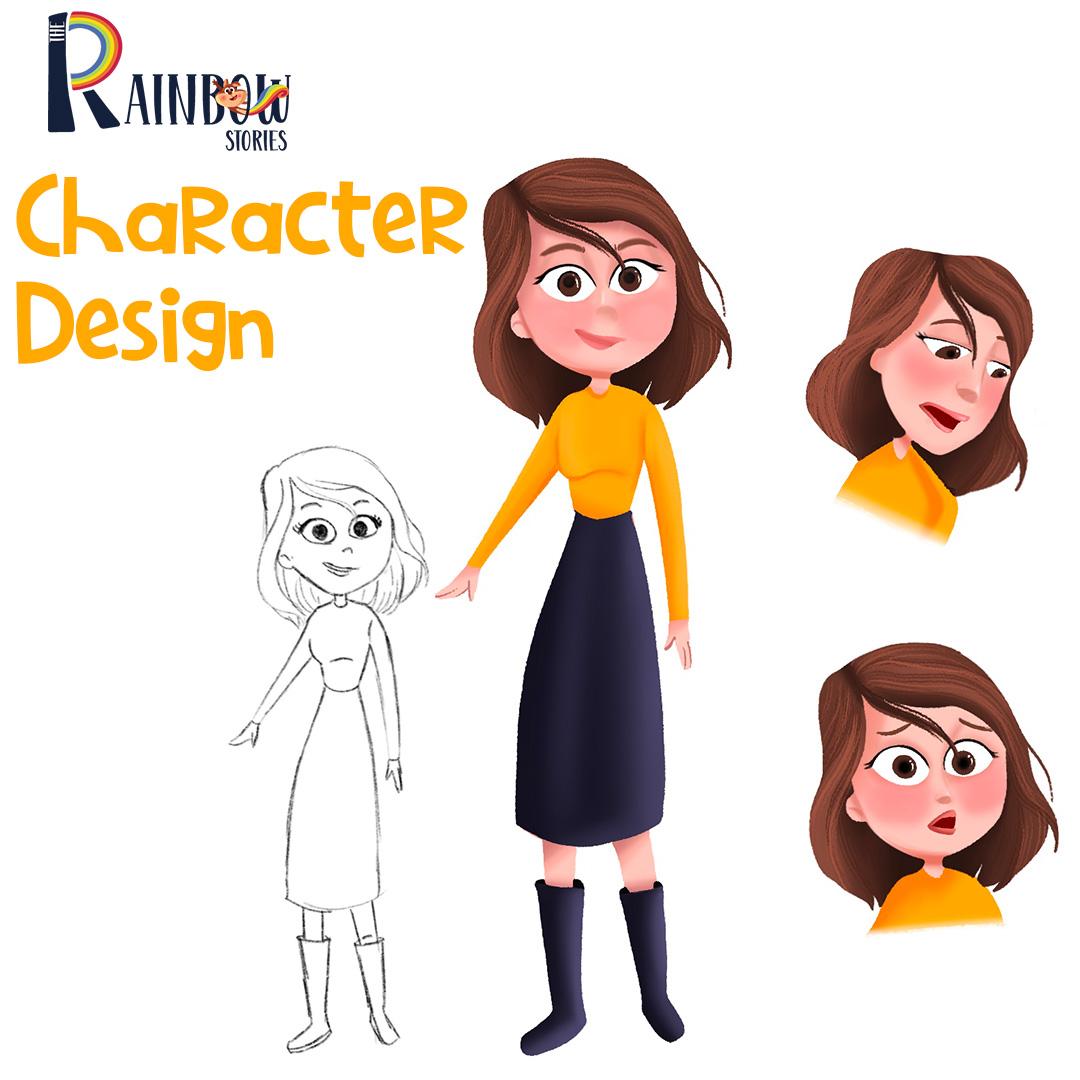Beyond the Words: How Children’s Book Illustrations Spark Young Minds

In a world where stories are told in a thousand different ways, illustrations remain one of the most powerful tools for engaging young readers. Long before children learn to read, they learn to interpret the world through pictures. This is where children's book illustrations come in not just to decorate a story but to elevate it, making emotions visible and characters unforgettable.
In this blog, we dive into how illustrations go beyond the written word to spark imagination, teach empathy, and build lifelong readers.
Why Visuals Matter More Than You Think
Children’s brains are wired for visual learning. In fact, studies show that 90% of information processed by the brain is visual. For young minds just beginning to explore language, pictures become a critical bridge between comprehension and creativity.
Children’s book illustrations help:
-
Decode text: By pairing images with words, children better understand story structure and vocabulary.
-
Retain information: Visuals improve memory and recognition, especially in early education.
-
Make abstract ideas concrete: Complex emotions like fear or joy are easier to grasp when seen in a character's face.
-
Create emotional resonance: A well-illustrated page can make children feel wonder, empathy, and connection.
The Emotional Language of Illustrations
Illustrations speak a language of their own. Through color, composition, and character design, they can express moods and moments that words alone might miss.
-
Facial expressions: From wide-eyed excitement to quiet sadness, expressions help children relate to the characters.
-
Color psychology: Bright yellows evoke joy; dark blues signal calm or sorrow.
-
Body language: A slumped posture or an excited leap adds depth to a character’s journey.
These elements help spark emotional intelligence in young readers by letting them "see" how others feel.
Inspiring Creativity and Imagination
The best children’s book illustrations do more than mirror the text—they expand it. Artists often add tiny visual subplots or humorous elements that aren’t mentioned in the narrative, rewarding observant readers and inviting them to tell their own versions of the story.
-
Interactive visuals: Kids love finding hidden details or repeated motifs across pages.
-
World-building: Fantasy lands, magical forests, and talking animals become believable through consistent, creative illustration.
-
Open-ended visuals: Sometimes, a picture hints at possibilities beyond the story, encouraging young readers to imagine what happens next.
Educational Value in Picture Books
Illustrations aren’t just for fun they also support learning. Whether it’s a labeled diagram in a non-fiction book or a sequence of events in a storybook, visuals help children:
-
Understand cause and effect
-
Learn sequencing
-
Recognize patterns
-
Improve vocabulary
Books like "The Very Hungry Caterpillar" or "Brown Bear, Brown Bear, What Do You See?" use repetition and imagery to reinforce key concepts.
How Illustrators Make a Difference
Behind every great children’s book is an illustrator who brings the story to life. These artists are more than just painters or designers; they are storytellers in their own right. Their decisions from character style to palette choices shape the tone, pacing, and impact of the book.
When authors hire illustrators who understand their vision and audience, the collaboration often results in award-winning, beloved books.
Some illustrators known for their influential work include:
-
Eric Carle (The Very Hungry Caterpillar)
-
Maurice Sendak (Where the Wild Things Are)
-
Christian Robinson (Last Stop on Market Street)
-
Vashti Harrison (Little Leaders series)
Creating Diversity and Representation Through Art
Today’s illustrators are helping reshape children's literature by showcasing diverse characters, cultures, and experiences. These inclusive visuals empower children to see themselves in stories and learn about others in an accessible, non-threatening way.
Illustrations can:
-
Normalize different skin tones, family structures, and abilities
-
Introduce cultural traditions and settings
-
Challenge stereotypes through visual storytelling
Representation in artwork helps create a more empathetic, curious, and accepting generation of readers.
Final Thoughts
Children’s book illustrations go far beyond enhancing a story they are foundational to how young minds learn, feel, and grow. They guide children into worlds they’ve never seen, help them name their emotions, and show them that stories can live in both words and images.
Whether you're a parent reading aloud at bedtime, an author preparing your next manuscript, or a teacher building a classroom library, take a moment to appreciate the art between the lines. It’s there that the real magic begins.








